Home>Garden Essentials>What Do Nigella Seeds Taste Like
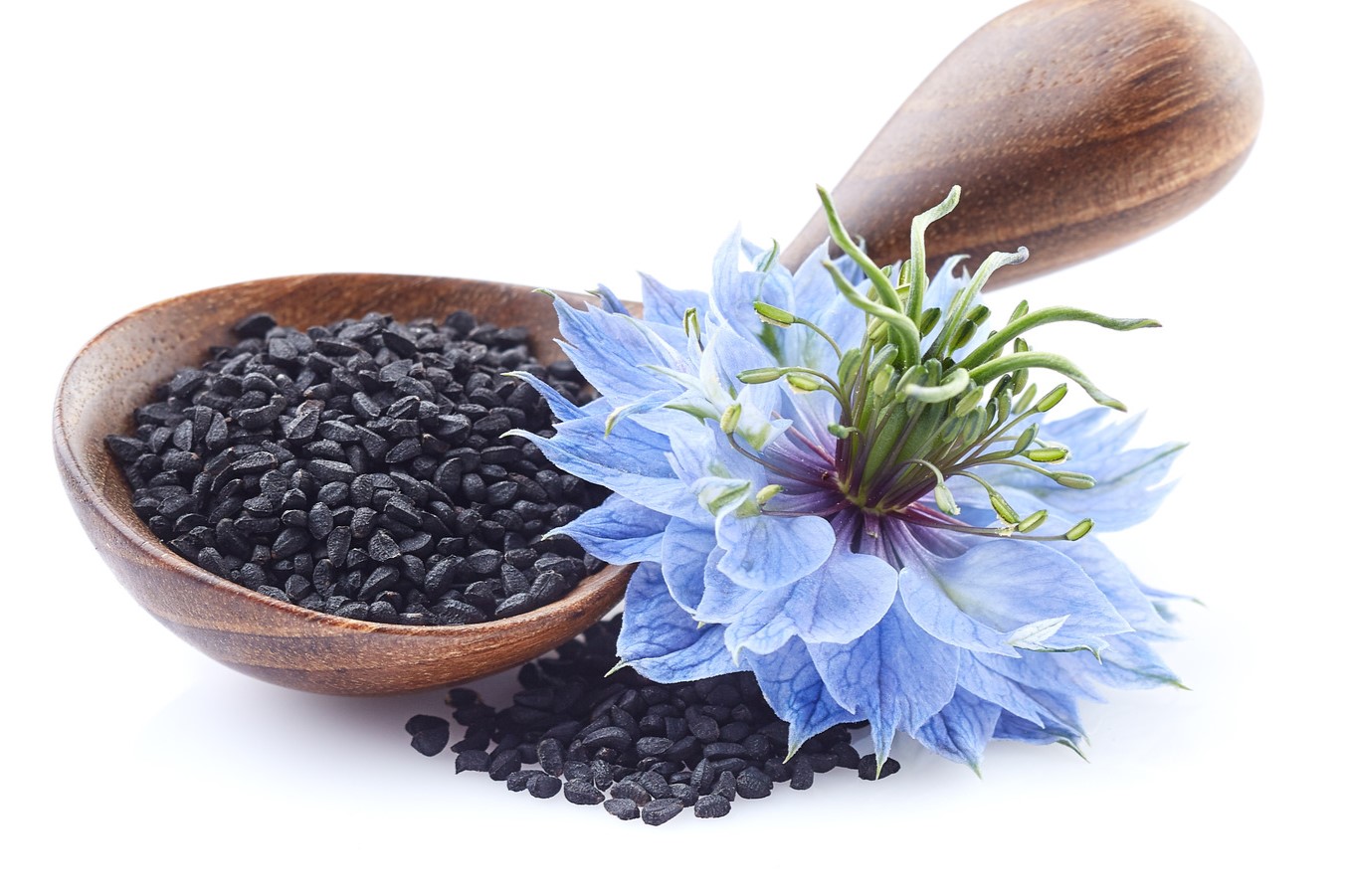

Garden Essentials
What Do Nigella Seeds Taste Like
Modified: August 17, 2024
Discover the unique taste of Nigella Seeds in your garden. Find out how these aromatic seeds can enhance your culinary creations and elevate your dishes.
(Many of the links in this article redirect to a specific reviewed product. Your purchase of these products through affiliate links helps to generate commission for Storables.com, at no extra cost. Learn more)
Introduction
Nigella seeds, also known as kalonji or black cumin seeds, have been used for centuries in various cuisines for both culinary and medicinal purposes. These tiny black seeds look unassuming at first glance, but once you experience their unique flavors and aromas, you’ll be hooked.
Originating from the Mediterranean and Middle Eastern regions, nigella seeds have been a staple in traditional cooking for thousands of years. They are derived from the flowering plant Nigella sativa, which belongs to the Ranunculaceae family. This plant is known for its delicate blue or white flowers and capsule-like fruits, which contain the precious nigella seeds.
In terms of appearance, nigella seeds are small, matte black, and tear-shaped, measuring around 2-3 mm in length. Their outer shell is thin and crunchy, enveloping a multitude of tiny black seeds inside.
Throughout history, nigella seeds have been revered for their medicinal properties and are often used in alternative medicine practices. However, in recent years, they have gained popularity as a culinary spice, adding a delightful twist to various dishes.
These seeds have a complex flavor profile that is difficult to define with a single taste. They possess a mild peppery and nutty undertone, often likened to a combination of black pepper, onions, and oregano. However, the flavors are subtle and not overpowering, making nigella seeds a versatile ingredient that complements a wide range of dishes.
In this article, we will delve deeper into the origins and appearance of nigella seeds, explore their culinary uses, highlight their nutritional value, discuss their flavors and aromas, compare them to other seeds, provide tips on incorporating them into your diet, and offer precautions for their usage.
So, get ready to embark on a journey through the fascinating world of nigella seeds, and discover how these small yet powerful seeds can elevate your cooking to new heights.
Key Takeaways:
- Nigella seeds, also known as black cumin, have a unique flavor profile with hints of pepper, nuttiness, and subtle bitterness, making them a versatile and delightful addition to various dishes.
- When using nigella seeds, remember to toast them for enhanced flavor, store them properly, sprinkle them at the end, and use them in moderation. Consult a healthcare professional if you have allergies or specific health conditions.
Read more: What Do Flax Seeds Taste Like
Origins and Appearance of Nigella Seeds
Nigella seeds, scientifically known as Nigella sativa, have a long and rich history that dates back thousands of years. Originating from the Mediterranean and Middle Eastern regions, they have been a fundamental ingredient in the culinary traditions of various cultures.
The plant that produces nigella seeds, Nigella sativa, is a member of the Ranunculaceae family. It is a flowering plant that grows to a height of about 12-18 inches, with delicate blue or white flowers that bloom during the summer months.
Once the flowers have bloomed, they develop into capsule-like fruits containing the precious nigella seeds. These fruits are small and oblong, with a slightly pointy tip, and turn brown as they mature. The seeds inside are small, matte black, and tear-shaped, measuring around 2-3 mm in length.
When comparing nigella seeds to other common culinary seeds, they have a unique appearance. They are darker and smaller than sesame seeds, and their shape is more elongated than that of cumin seeds. The outer surface of nigella seeds is smooth and shiny, with a thin and delicate shell.
Due to their striking appearance, nigella seeds are sometimes referred to as “black cumin,” although they should not be confused with actual cumin seeds. While both have a similar black color, nigella seeds have a distinctive taste and aroma that sets them apart.
When it comes to purchasing nigella seeds, you can find them in specialty spice stores, online retailers, or even in some local supermarkets. They are often sold in dried form and can be stored in airtight containers in a cool, dark place to maintain their freshness.
Now that we have explored the origins and appearance of nigella seeds, let’s move on to discovering their wide range of culinary uses and the benefits they offer to our health.
Culinary Uses of Nigella Seeds
Nigella seeds are a versatile ingredient that can elevate the flavors of various dishes. Their unique taste and aroma make them a valuable addition to many cuisines around the world. Let’s explore some of the popular culinary uses of nigella seeds:
- Spice Blends: Nigella seeds are commonly used in spice blends, such as garam masala in Indian cuisine and panch phoron in Bengali cuisine. They add a distinct flavor and aroma to these blends, enhancing the overall taste of curries, spice rubs, and marinades.
- Breads and Baked Goods: Nigella seeds are often sprinkled on top of bread, buns, and pastries before baking. They add a subtle crunch and impart a delightful nutty flavor to the finished product. In Middle Eastern cuisine, nigella seeds are frequently used to top flatbreads like naan and lavash.
- Vegetable and Salad Seasoning: Nigella seeds can be used as a seasoning for vegetables and salads. Simply sprinkle them over roasted vegetables, sautéed greens, or toss them into a salad for an extra burst of flavor.
- Pickles and Preserves: Nigella seeds are a popular ingredient in pickling recipes. They add a tangy and savory element to pickled cucumbers, onions, and other vegetables. Nigella seeds are also used in chutneys, relishes, and preserves to enhance their taste and shelf life.
- Cheeses and Dips: Nigella seeds can be sprinkled on top of soft cheeses, such as goat cheese or labneh, to add texture and flavor. They can also be incorporated into yogurt-based dips, hummus, or cream cheese spreads for a delightful twist.
- Meat and Fish Seasoning: Nigella seeds can be used as a rub or seasoning for meat and fish dishes. They pair especially well with lamb, chicken, and seafood, infusing them with a unique flavor that complements the natural richness of the proteins.
These are just a few examples of how nigella seeds can be used in cooking. Their versatile nature allows them to be experimented with in various recipes to add depth and complexity to the flavors.
Now that we have explored the culinary uses of nigella seeds, let’s dive into their nutritional value and the health benefits they offer.
Nutritional Value of Nigella Seeds
Nigella seeds not only add a burst of flavor to your dishes but also provide a range of nutritional benefits. Let’s take a closer look at the nutritional profile of nigella seeds:
- Protein: Nigella seeds are a good source of plant-based protein. Protein is essential for building and repairing tissues, as well as for supporting the immune system.
- Fiber: These tiny seeds are packed with dietary fiber, which aids in digestion and promotes a healthy gut. Fiber also helps keep you feeling full for longer, which can be beneficial for weight management.
- Healthy Fats: Nigella seeds contain a good amount of monounsaturated and polyunsaturated fats, including omega-6 fatty acids. These fats are important for heart health and can help lower cholesterol levels when consumed as part of a balanced diet.
- Vitamins and Minerals: Nigella seeds are a rich source of vitamins and minerals, including iron, calcium, magnesium, and potassium. These nutrients play vital roles in maintaining overall health and supporting various bodily functions.
- Antioxidants: Nigella seeds are packed with antioxidants, such as thymoquinone and carvacrol, which help protect the body against oxidative stress and damage caused by free radicals.
While nigella seeds offer numerous nutritional benefits, it’s important to note that they are typically used in small quantities as a culinary spice. Therefore, the actual nutritional intake may vary depending on the amounts used in recipes.
Incorporating nigella seeds into your diet can be a great way to enhance both the flavor and nutritional value of your meals. However, it’s always best to consult with a healthcare professional or nutritionist before making any significant changes to your diet, especially if you have any specific health concerns or dietary restrictions.
Now that we have explored the nutritional benefits of nigella seeds, let’s delve into the flavors and aromas they bring to the table.
Flavors and Aromas of Nigella Seeds
Nigella seeds possess a unique flavor and aroma that sets them apart from other seeds. Their taste can be described as a combination of mild peppery, nutty, and slightly bitter undertones. Let’s explore the flavors and aromas of nigella seeds in more detail:
Peppery: Nigella seeds have a subtle peppery taste that adds a hint of spiciness to dishes. This peppery note is not overpowering and blends harmoniously with other flavors, creating a well-balanced taste profile.
Nutty: Nigella seeds have a distinct nutty flavor that is often likened to roasted sesame or black mustard seeds. This nutty essence adds depth and richness to recipes, giving them a more complex and satisfying taste.
Bitter: While nigella seeds have a mild bitterness, it is not unpleasant. The subtle bitterness helps to enhance the overall flavor profile and brings a unique character to dishes.
When nigella seeds are exposed to heat, whether through toasting or cooking, their flavors become more pronounced. The heat intensifies the nuttiness and amplifies the peppery undertones, resulting in a more robust and aromatic experience.
In terms of aroma, nigella seeds have a pungent and earthy scent. Some people describe it as reminiscent of oregano or cumin, but with its own distinct twist. This distinct aroma adds an enticing element to dishes and can instantly awaken your senses.
Due to their unique flavors and aromas, nigella seeds are a valuable spice for adding depth and complexity to a variety of dishes. They are particularly well-suited for savory recipes, such as curries, stews, soups, and roasted vegetables. Nigella seeds can also be used to enhance the flavor of bread, pastries, and pickles.
It is important to note that while nigella seeds can indeed elevate the taste of a dish, it is recommended to use them in moderation. Their flavors can be potent, so starting with a small amount and gradually adjusting to taste is advised to achieve the desired flavor balance.
Now that we have explored the distinct flavors and aromas of nigella seeds, let’s move on to compare them to other commonly used seeds.
Nigella seeds have a slightly bitter, peppery taste with a hint of onion flavor. They are often used as a spice in Indian and Middle Eastern cuisines to add depth and warmth to dishes. Try using them in curries, breads, or as a seasoning for vegetables.
Read more: What Do Fennel Seeds Taste Like
Comparisons to Other Seeds
When it comes to culinary seeds, there is a wide variety to choose from, each offering its own unique flavors and characteristics. Let’s compare nigella seeds to some commonly used seeds and see how they differ:
Sesame Seeds: Nigella seeds are often compared to sesame seeds due to their similar size and black color. However, they have distinct flavors and aromas. While sesame seeds have a slightly nutty and sweet taste, nigella seeds have a more complex flavor profile with hints of pepper, nuttiness, and bitterness.
Cumin Seeds: Nigella seeds are sometimes referred to as “black cumin,” which can be confusing. However, nigella seeds should not be mistaken for actual cumin seeds. Cumin seeds have a warm and earthy flavor with a hint of smokiness, while nigella seeds offer a milder, peppery taste combined with nutty undertones.
Poppy Seeds: Poppy seeds are commonly used in baking and have a subtle, sweet nutty flavor. In comparison, nigella seeds have a more robust and complex taste profile, with peppery and nutty notes along with a slight bitterness.
Mustard Seeds: Mustard seeds come in different varieties, but the most commonly used ones are yellow and brown. They have a sharp and pungent flavor, especially when crushed or cooked. Nigella seeds, on the other hand, have a milder flavor with a combination of peppery, nutty, and bitter notes.
While these comparisons highlight the differences between nigella seeds and other common seeds, it is important to remember that each seed has its own unique taste and culinary applications. Experimenting with a variety of seeds can add depth and complexity to your dishes and allow you to explore different flavor profiles.
Now that we have compared nigella seeds to other seeds, let’s delve into creative ways to incorporate nigella seeds into your diet.
Incorporating Nigella Seeds into Your Diet
Nigella seeds are a versatile ingredient that can be easily incorporated into your daily diet. Their unique flavor and aroma can add a delightful twist to a wide variety of dishes. Here are some creative ways to use nigella seeds in your cooking:
- Sprinkle on Toast and Breads: Add a sprinkle of nigella seeds on top of your morning toast or homemade bread for a crunchy texture and an extra burst of flavor. You can mix them with sesame seeds or other spices to enhance the taste even further.
- Toss with Roasted Vegetables: After roasting your favorite vegetables, sprinkle nigella seeds on top to give them a unique flavor twist. The seeds pair well with roasted root vegetables like carrots, parsnips, and sweet potatoes.
- Add to Salads: Sprinkle nigella seeds on your salads to add a crunchy element and enhance the overall flavor. They work well with both leafy greens and protein-rich salads like chickpea or quinoa salads.
- Include in Spice Blends: Incorporate nigella seeds into your homemade spice blends to add a distinct flavor and aroma to your curries, stews, or spice rubs. Combine them with other spices like cumin, coriander, and turmeric for a flavorful blend.
- Garnish Soups and Lentil Dishes: Sprinkle nigella seeds on top of soups, lentil dishes, or stews to enhance the flavors and add a visually appealing touch. The seeds not only provide a pleasant crunch but also infuse the dish with their unique taste.
- Use in Pickles and Chutneys: Nigella seeds can be added to homemade pickles, chutneys, and relishes to enhance their flavor and increase their shelf life. The seeds’ tangy and savory notes work well with the other ingredients in these preserves.
- Experiment with Baked Goods: Get creative and incorporate nigella seeds into your favorite baked goods, such as biscuits, savory pies, or crackers. They can be mixed into the dough or sprinkled on top before baking for added flavor and texture.
Remember to start with a small amount of nigella seeds when experimenting with new recipes and gradually adjust the quantity to suit your taste preferences. While nigella seeds are safe for most people to consume, if you have any specific food allergies or sensitivities, it’s always advisable to consult with a healthcare professional before incorporating them into your diet.
Now that you have some ideas on how to incorporate nigella seeds into your meals, let’s move on to some tips and precautions for using these tiny yet powerful seeds.
Tips and Precautions for Using Nigella Seeds
While incorporating nigella seeds into your cooking can be a delightful experience, it’s important to keep a few tips and precautions in mind to ensure the best results and safety. Here are some helpful tips for using nigella seeds:
- Toast or Heat: To enhance the flavor of nigella seeds, consider toasting them lightly in a dry skillet before using them in recipes. This process releases their essential oils and intensifies their nutty and peppery flavors.
- Storage: To preserve the freshness and flavor of nigella seeds, store them in an airtight container in a cool, dark place. They can remain flavorful for up to six months if kept properly.
- Sprinkle at the End: When using nigella seeds as a garnish, it’s best to sprinkle them over your dishes just before serving. This way, you can enjoy their distinct flavors and textures without losing their aromatic properties.
- Moderation: While nigella seeds have a unique taste, it’s important to use them in moderation. Their flavors can be potent, so start with small quantities and gradually adjust according to your taste preferences.
Even though nigella seeds are generally safe for consumption, it is essential to be aware of any potential precautions:
- Allergies: If you have known allergies to seeds or plants in the Ranunculaceae family, such as black cumin, it is advisable to avoid nigella seeds or seek medical advice before using them.
- Pregnancy and Medical Conditions: If you are pregnant, nursing, or have any underlying medical conditions, it’s recommended to consult with a healthcare professional before incorporating nigella seeds into your diet.
By following these tips and taking necessary precautions, you can safely enjoy the culinary benefits of nigella seeds in your everyday cooking.
Now that you are equipped with knowledge on how to use nigella seeds and ensure their safe consumption, let’s conclude this article and summarize what we have learned.
Conclusion
Nigella seeds, with their origins in the Mediterranean and Middle Eastern regions, have been treasured for centuries for their unique flavors and aromas. These small, black seeds are a versatile ingredient that adds a delightful twist to various dishes.
In this article, we explored the origins and appearance of nigella seeds, diving into their rich history and distinctive tear-shaped form. We also delved into the culinary uses of nigella seeds, discovering how they can enhance the flavors of breads, meats, vegetables, salads, and more.
Furthermore, we examined the nutritional value of nigella seeds and the benefits they offer, including their protein, fiber, healthy fats, vitamins, minerals, and antioxidant content. While nigella seeds provide a range of nutritional benefits, it’s important to use them in moderation and consult with a healthcare professional if you have any specific health concerns or dietary restrictions.
We explored the flavors and aromas of nigella seeds, noting their mild peppery, nutty undertones, and slight bitterness. These unique flavors make nigella seeds stand out from other common seeds like sesame, cumin, poppy, and mustard seeds.
We also shared creative ways to incorporate nigella seeds into your diet, including sprinkling them on toast and breads, tossing them with roasted vegetables, adding them to salads, including them in spice blends, garnishing soups and lentil dishes, using them in pickles and chutneys, and experimenting with them in baked goods.
Lastly, we provided some helpful tips for using nigella seeds, such as toasting them for enhanced flavor, proper storage, sprinkling them at the end, and using them in moderation. We also mentioned precautions for individuals with allergies or specific health conditions.
Now armed with this knowledge, you can confidently venture into the culinary world of nigella seeds and elevate your cooking with their unique flavors and aromas. So go ahead, sprinkle some nigella seeds on your favorite dishes and let your taste buds be delighted by their allure.
Frequently Asked Questions about What Do Nigella Seeds Taste Like
Was this page helpful?
At Storables.com, we guarantee accurate and reliable information. Our content, validated by Expert Board Contributors, is crafted following stringent Editorial Policies. We're committed to providing you with well-researched, expert-backed insights for all your informational needs.
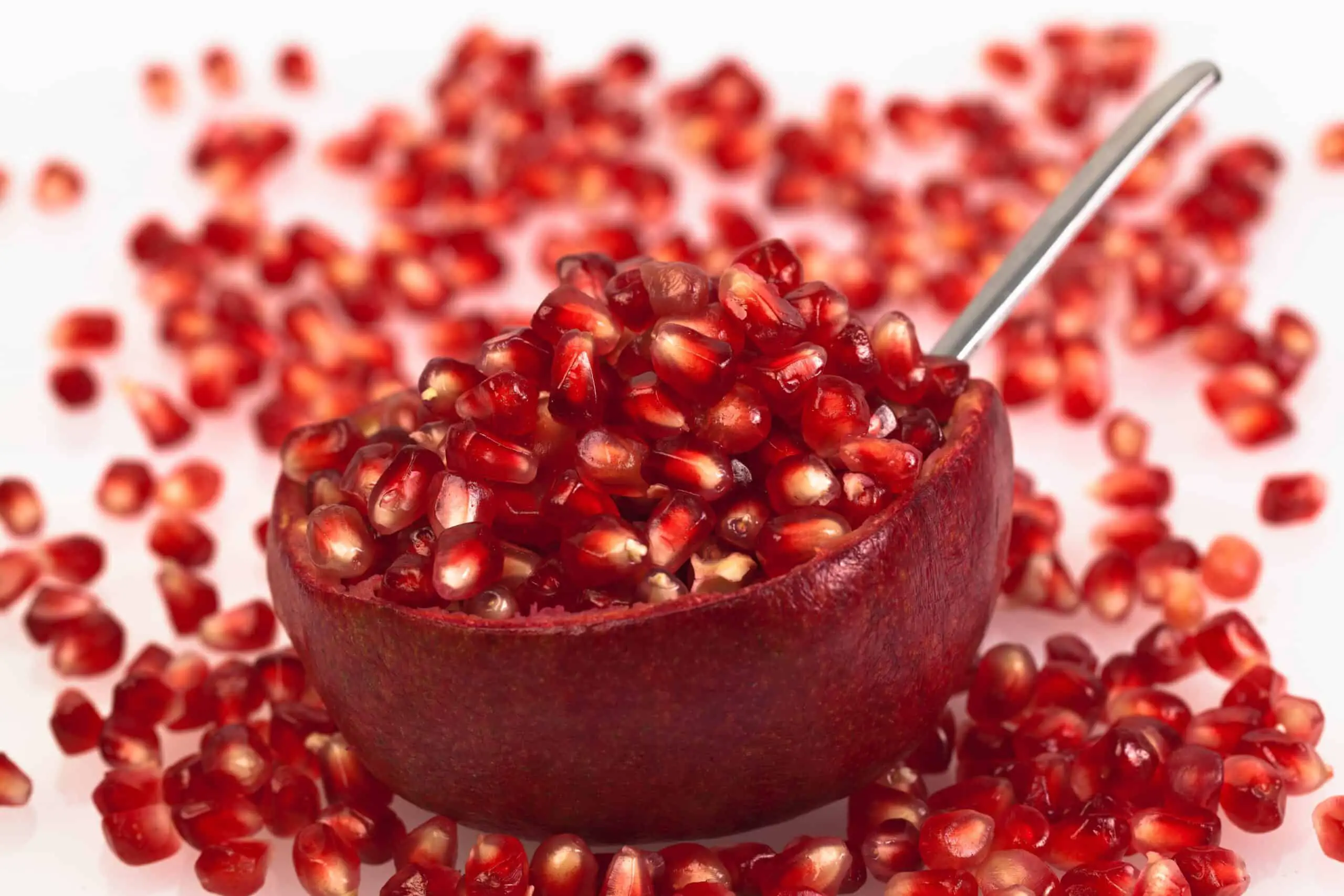
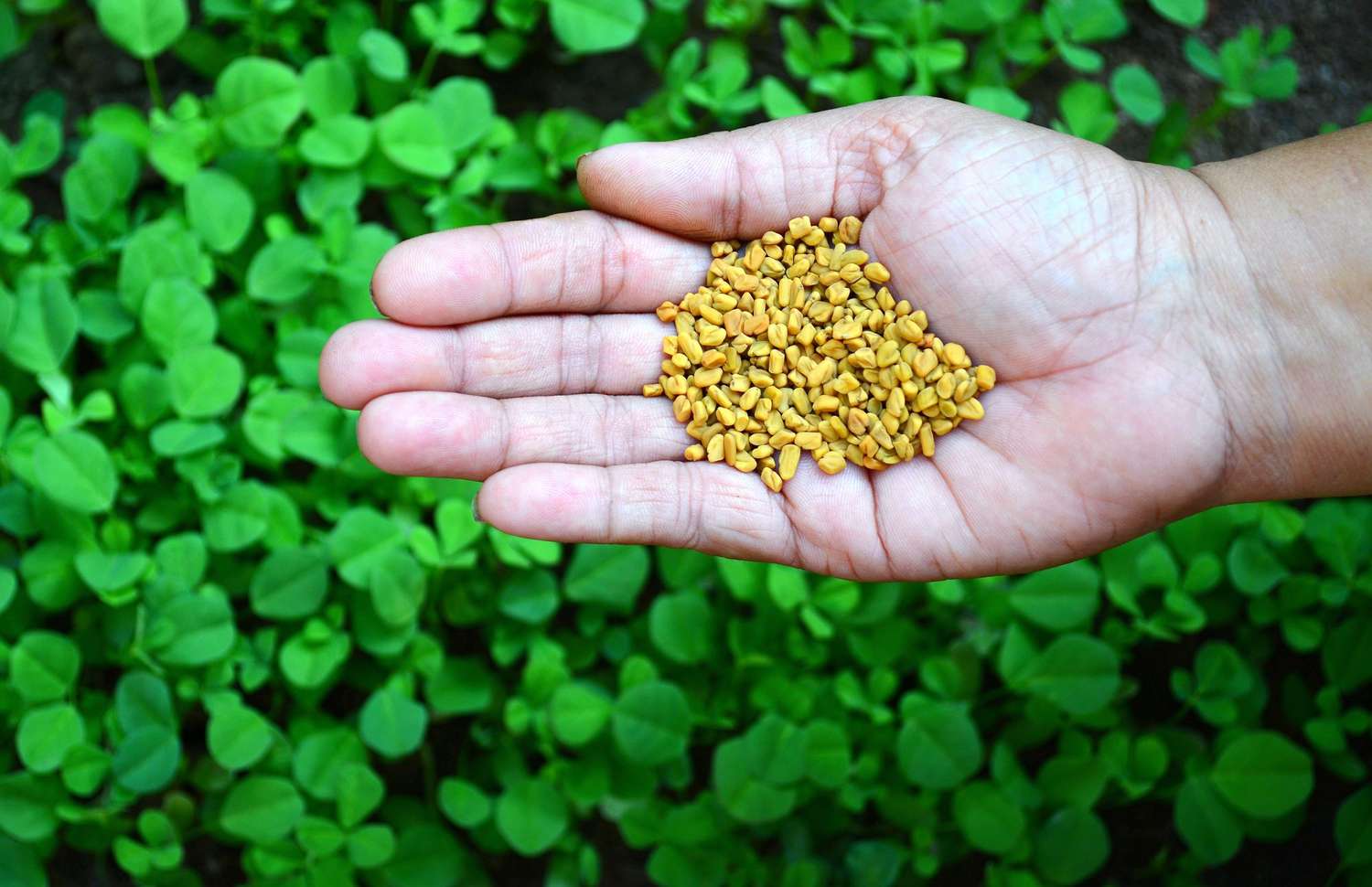
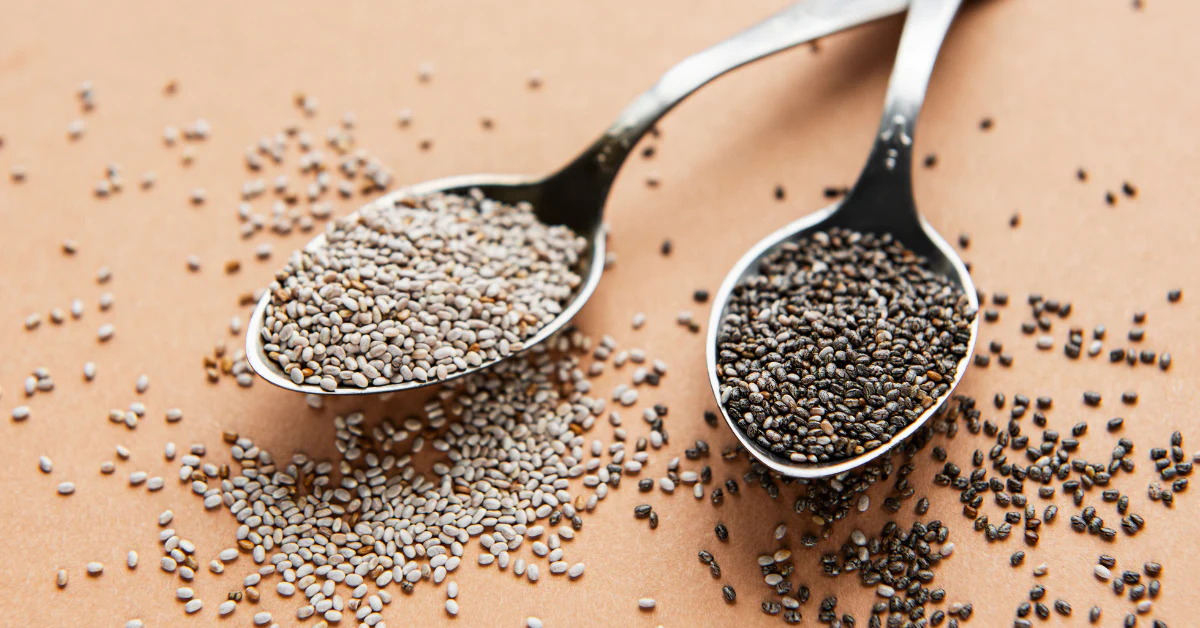
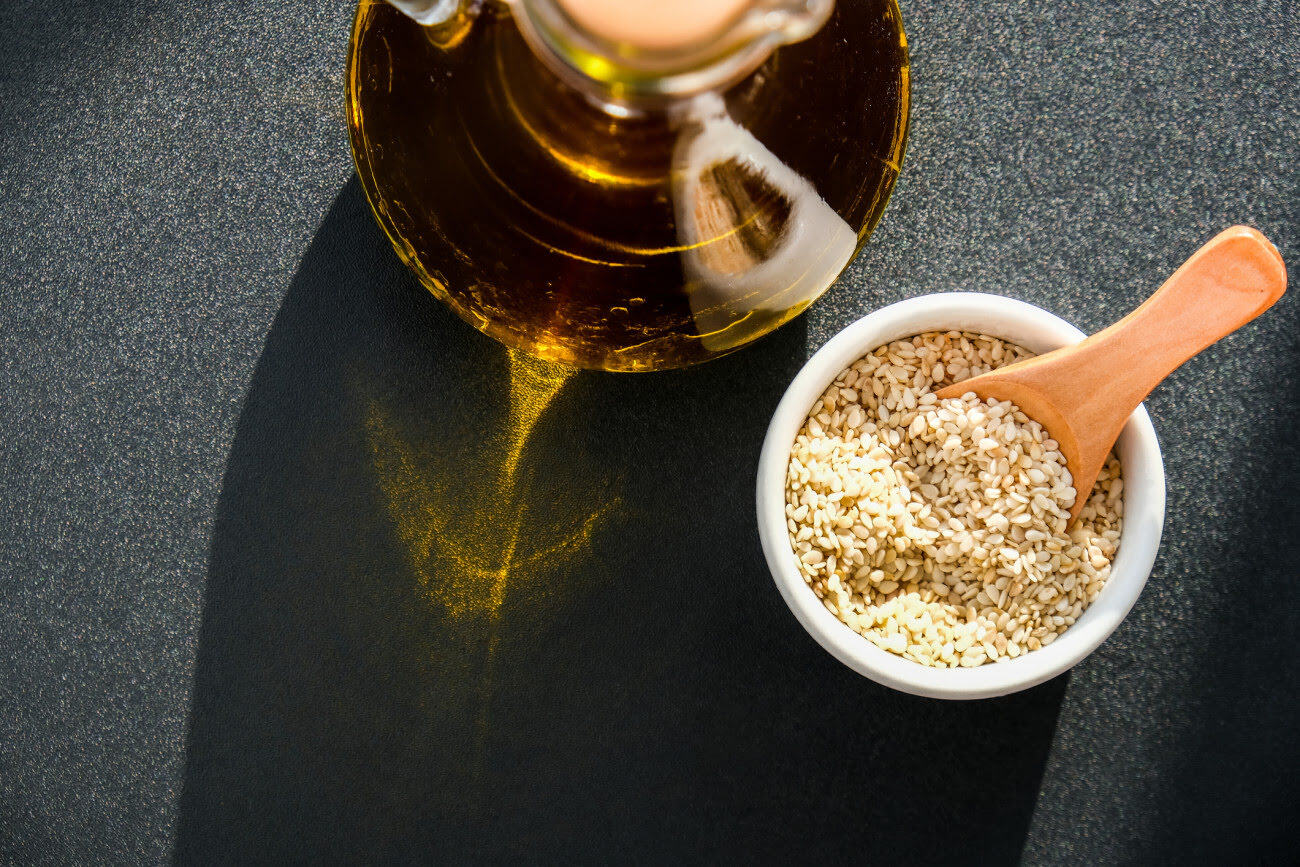
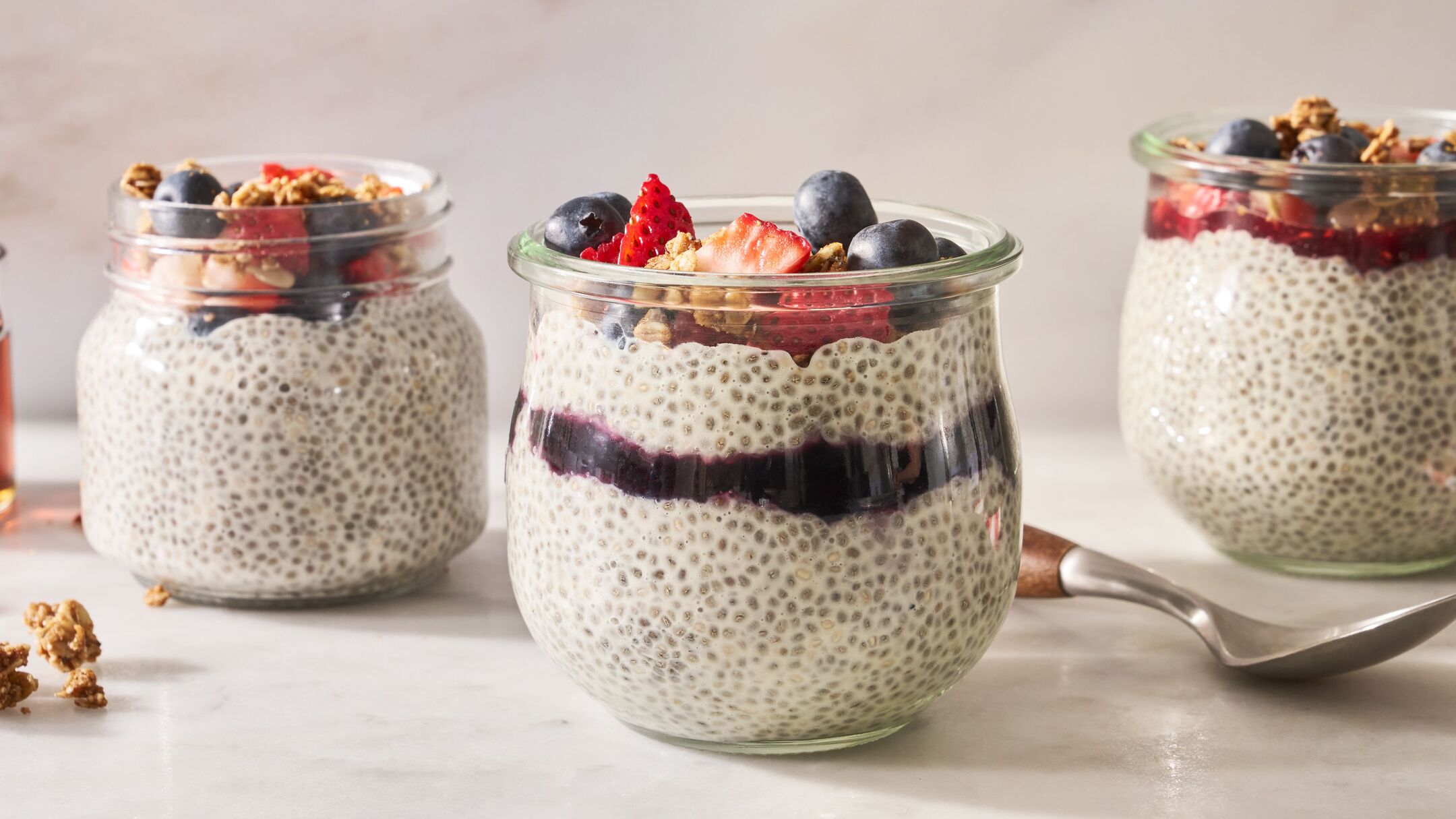
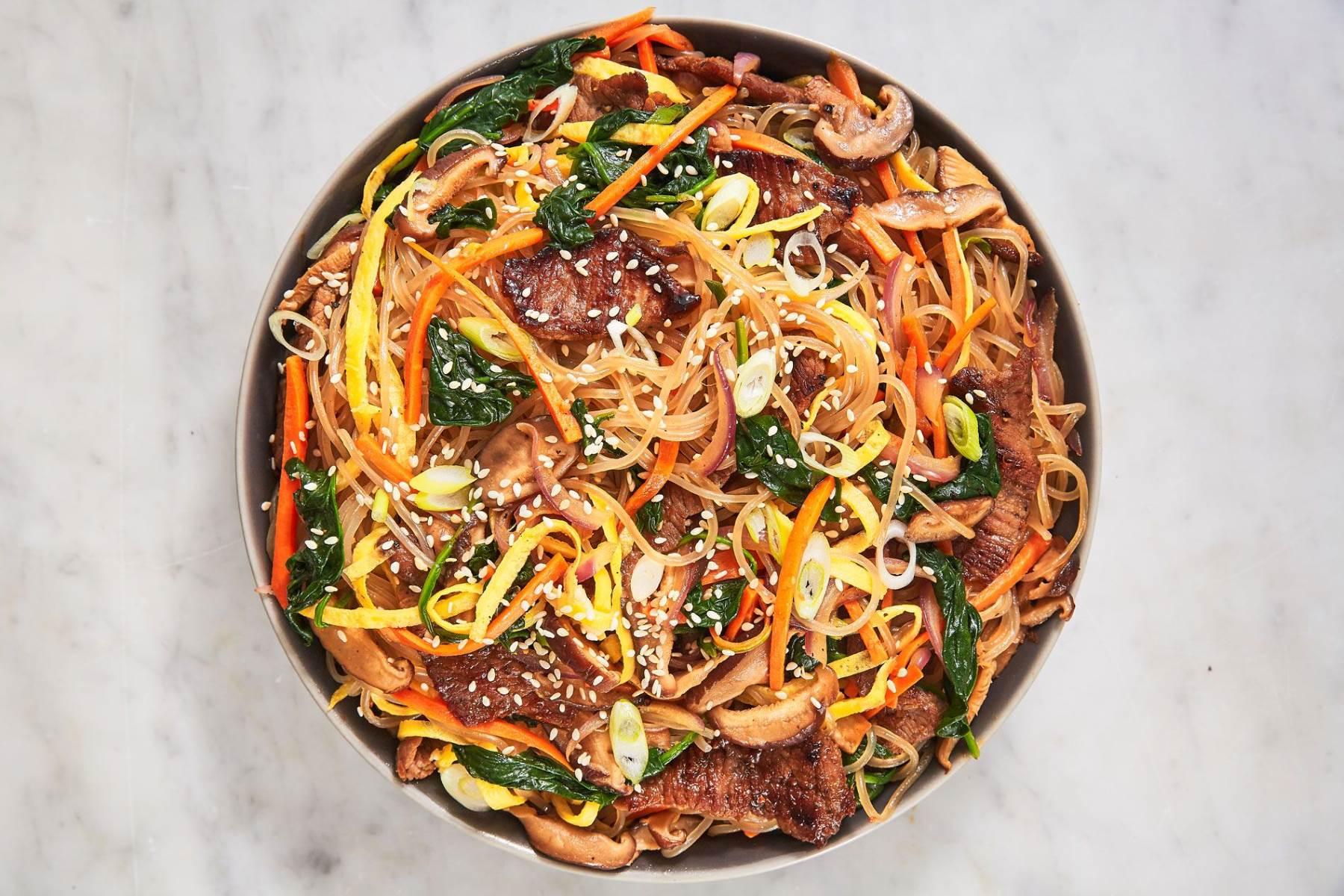
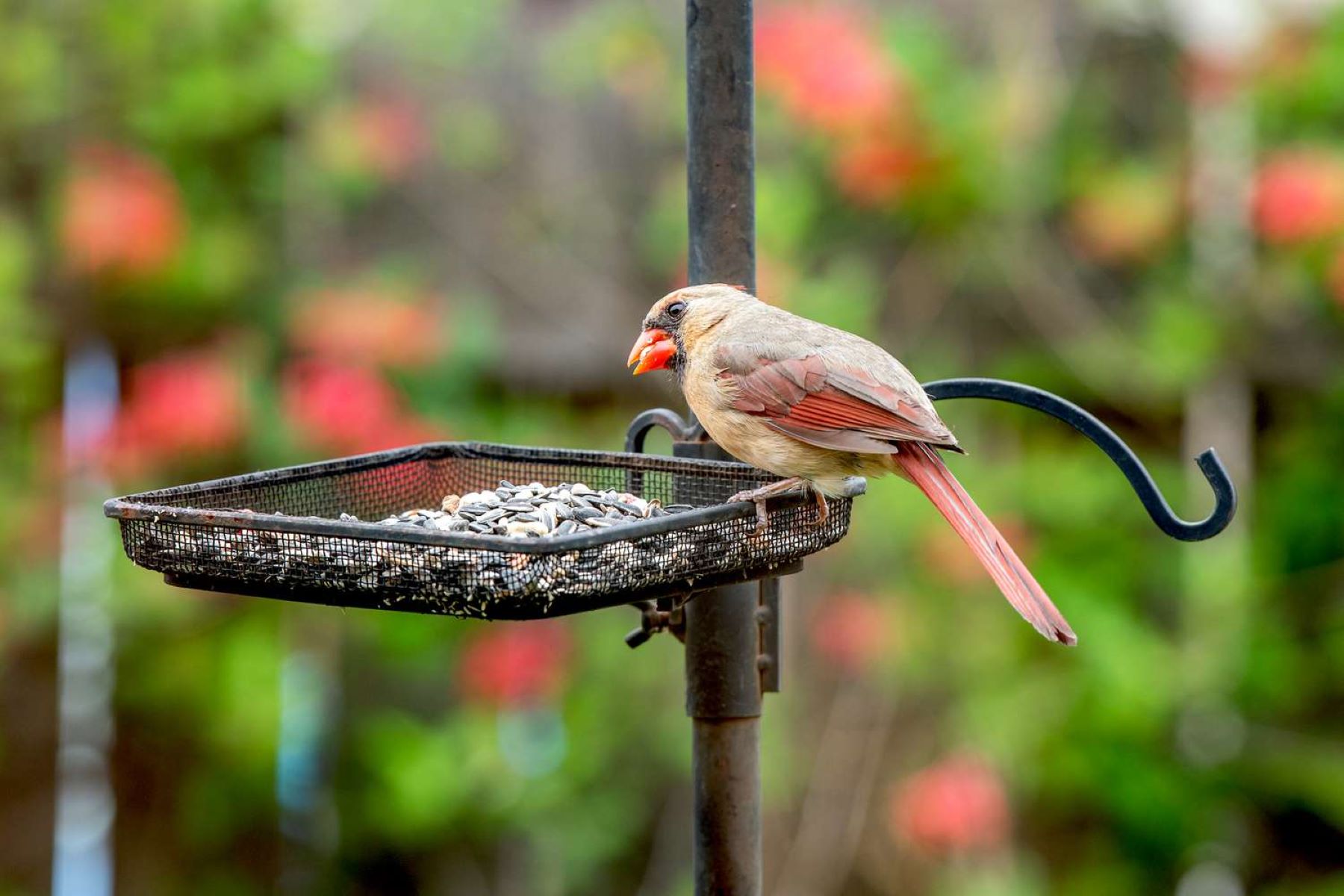
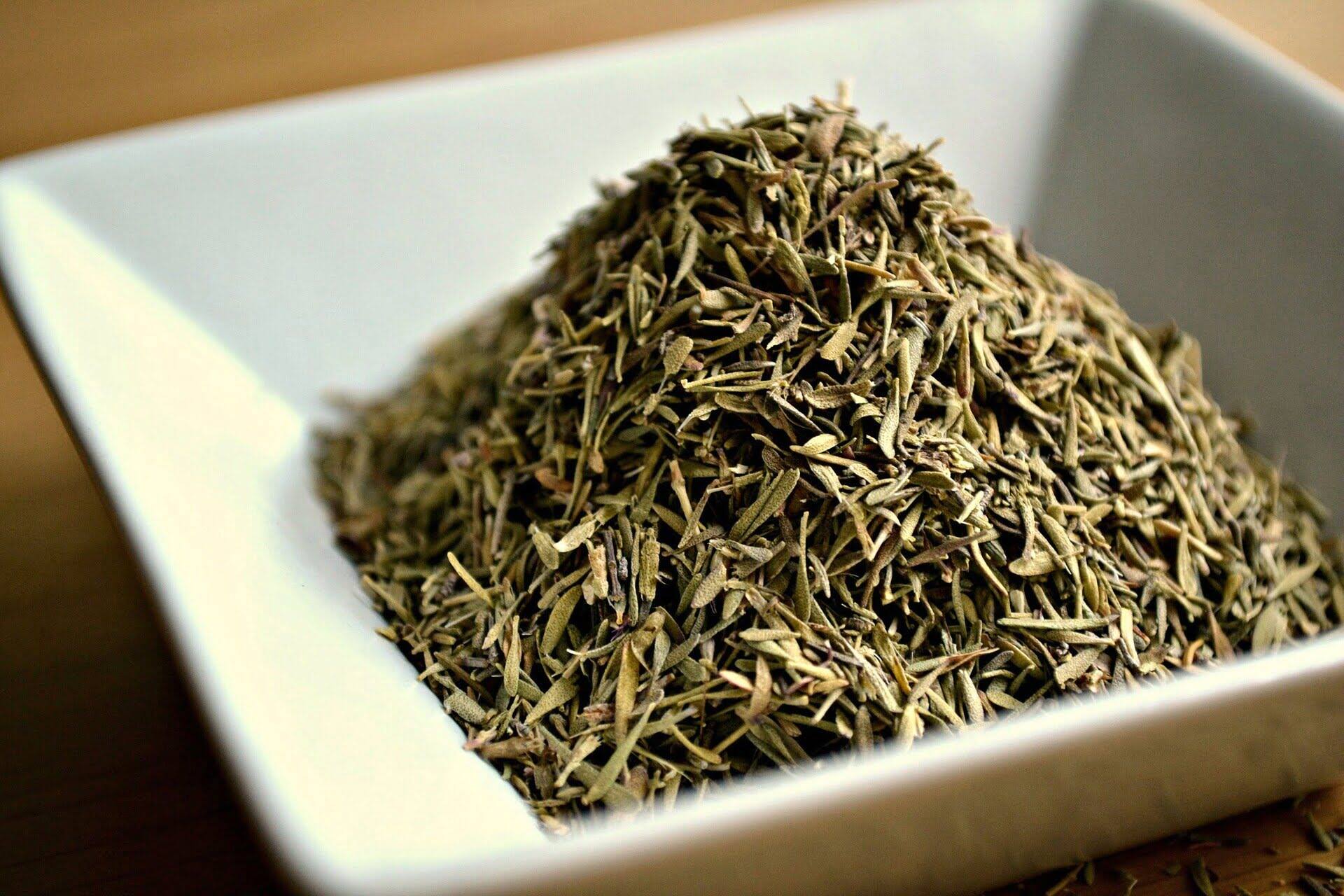

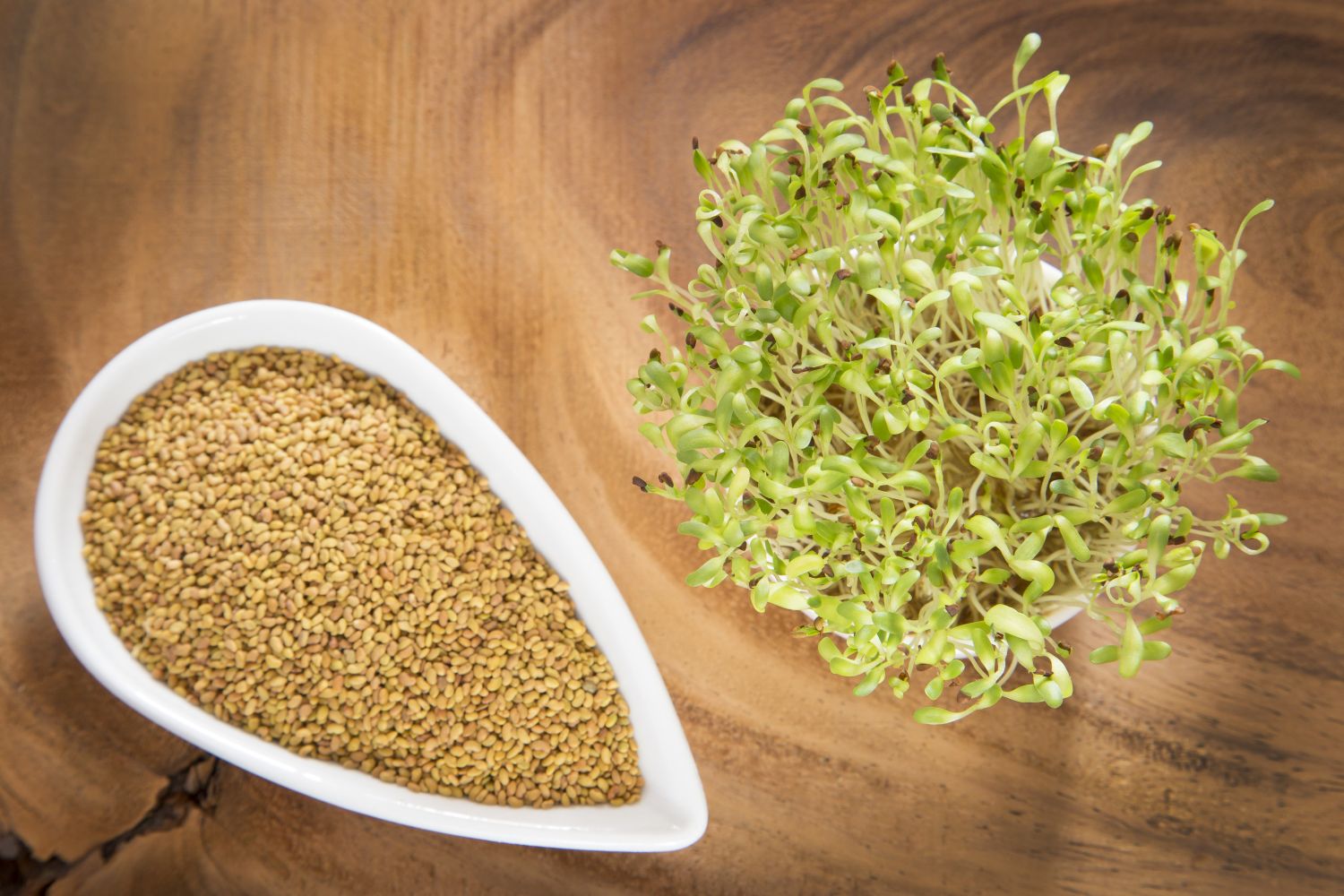
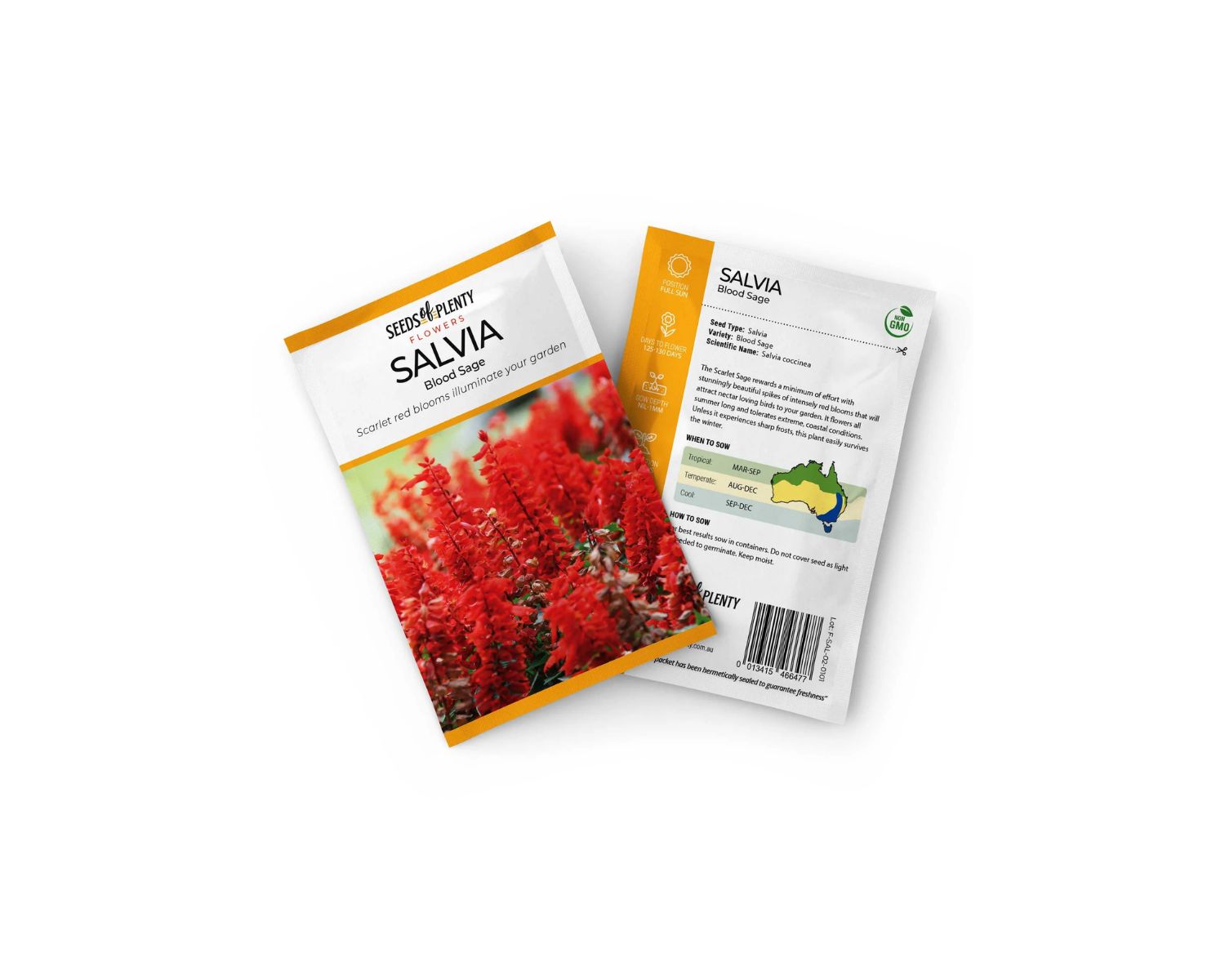
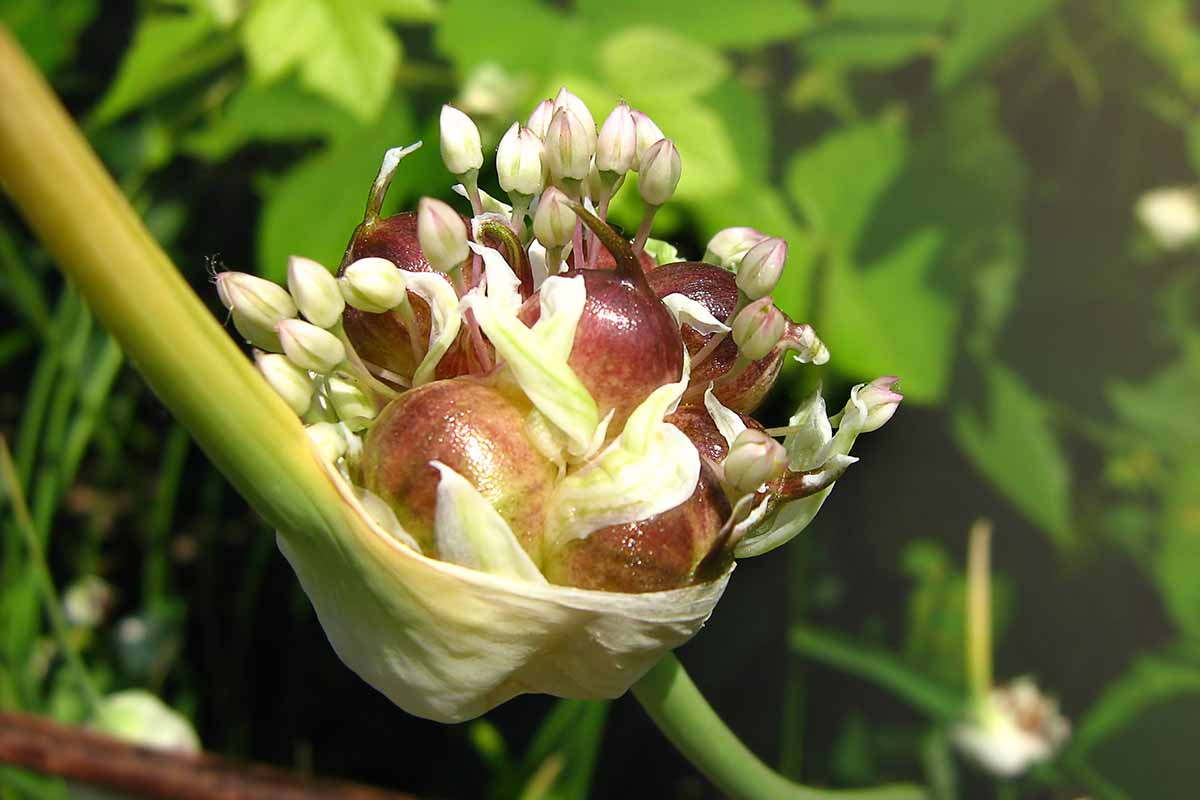
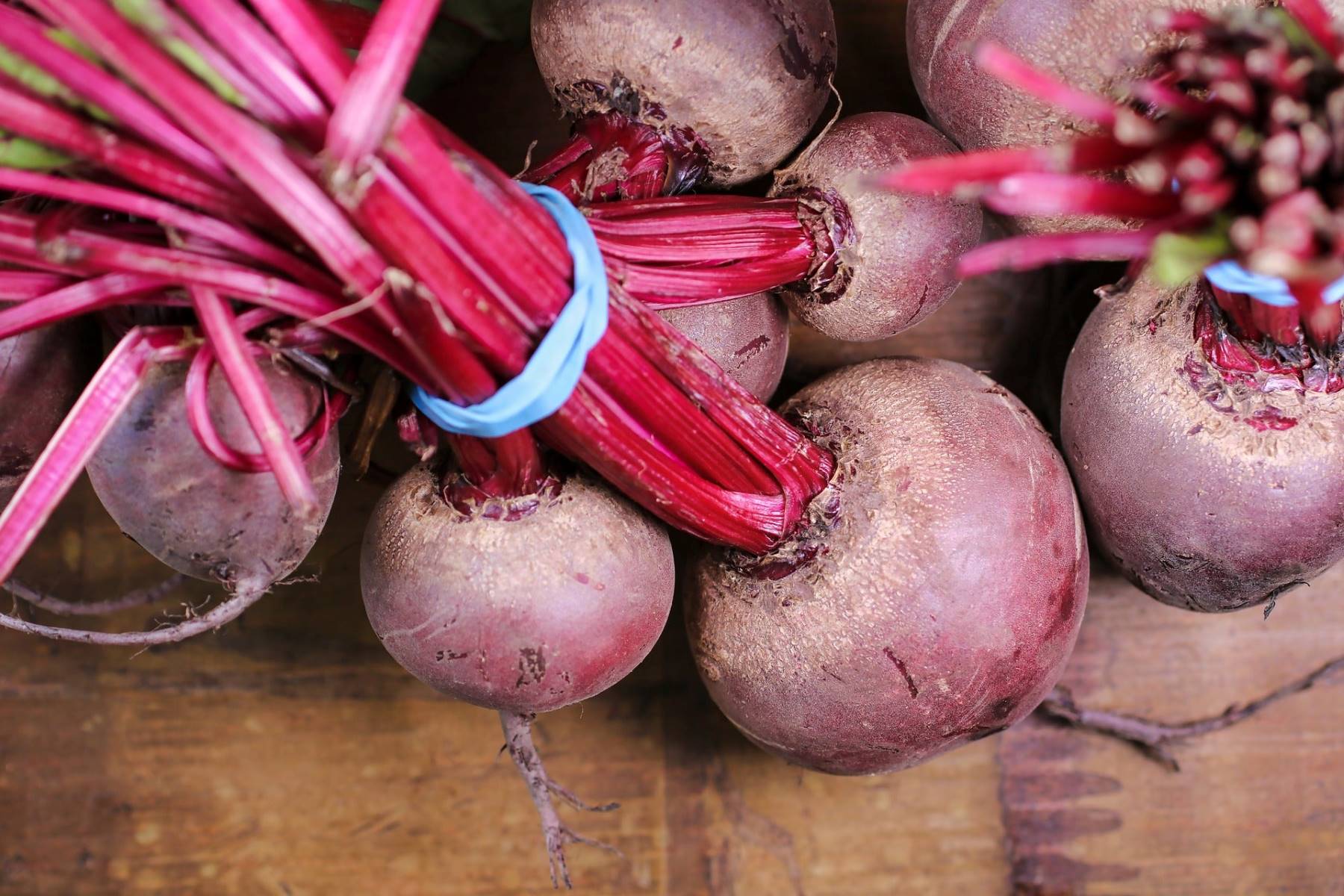
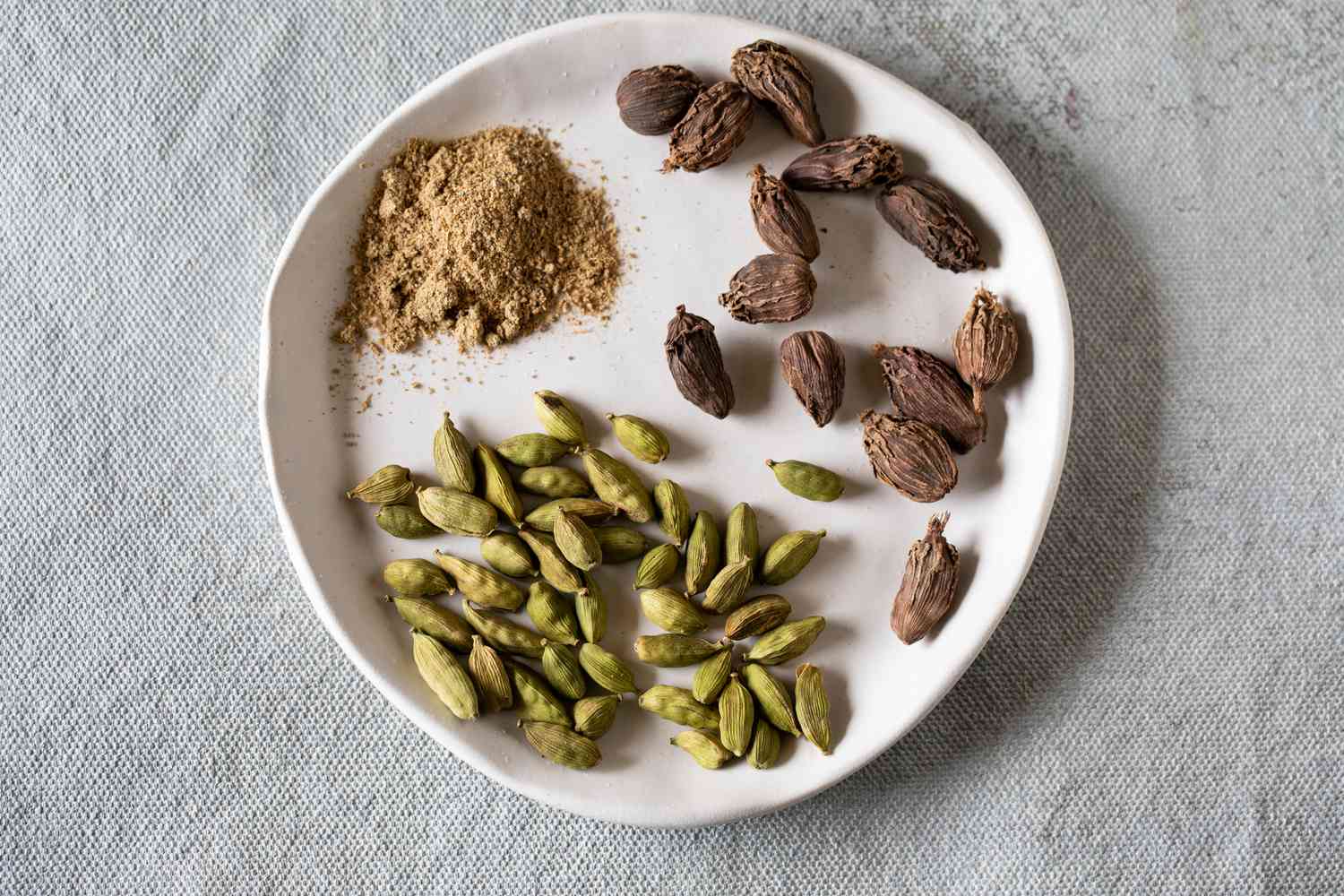

0 thoughts on “What Do Nigella Seeds Taste Like”